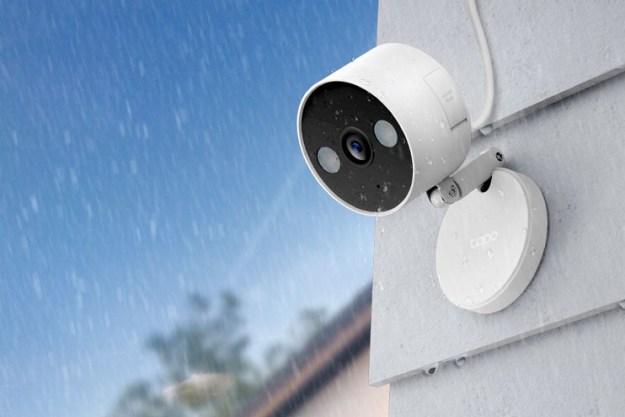
Over the last five years, the Remo+ brand has been slowly building a range of smart home lines featuring dinky door cameras, smart doorbells, and associated accessories. The $199 RemoBell W, the company’s most expensive bell, boasts a 1080p Full HD camera with night vision, two-way talk, PIR motion sensor, and a wide, 160-degree field of view.
While Remo+ has recently announced a low-price $99 RemoBell S, the range-topping RemoBell W isn’t going anywhere. It’s up against tough competition though, with the likes of Ring, Nest, August and a slew of budget brands flooding the market with competent devices at a range of price points. As one of the pricier products in the market, can the RemoBell W justify its premium?
Installation
Wired doorbells are slimmer and more visually appealing than their wireless counterparts. That said, the RemoBell W’s all-plastic construction is longer than other bells we’ve tested (due to that PIR sensor) and feels rather cheap in the hand. Installation requires existing 16-24 AC bell wiring, and you’ll need to connect jumper cables and a small power kit (a naked PCB rather than the sealed unit provided by competitors) in your mechanical chime box, which is standard operating procedure for most wired smart doorbells. Two angled mounts and a flat rear bracket are provided, along with all necessary cables and extensions.
Once installed and powered on, the RemoBell’s button glows with a pleasing jelly-blue light. Connecting the bell to our home network was a little clunky, and required switching our smartphone between the device’s local network and home Wi-Fi — a handover that failed several times before progress was made.
Limited features, disappointing video quality
In use, we found that the integrated PIR sensor did a great job of quickly and accurately detecting motion. Other bells rely on camera software for motion detection, which can result in false positives, but facilitates advanced features such as person detection and facial recognition — both of which are missing from the RemoBell W. We were less impressed by the bell’s video quality, which, despite being listed as Full HD, lacked sharpness and clarity, and had a pronounced fish-eye effect. Night vision performance was reasonable, but suffered from a spooky purple tint and limited range. It’s all a far cry from Anker’s Eufy Security Doorbell, which delivers clear UHD video with HDR and is priced at $40 less than the RemoBell W.

While livestreams, notifications, and two-way chat are available out of the box, if you wish to record and store video clips from RemoBell W, you’ll have to add a $3 per month/$30 per year cloud service subscription. A 30-day free trial is available to test out video recording and management features, which work well enough.
We like RemoBell W’s integrated PIR, but the high price, disappointing video quality, and a lack of supporting features found on other doorbells means it fails to deliver the value or quality delivered by newer, cheaper competitors. If you’re happy to spend $200 or so on a smart doorbell, Nest Hello ($229), with sleek lines, beautifully clear day/night video and smart facial recognition, remains our favorite wired model.
If video quality is at the top of your list of requirements, smart doorbells are finally emerging with UHD resolution and High Dynamic Range. Anker’s Eufy Security Video Doorbell ($160) can’t match Nest Hello on smarts, but it’s tops in video quality and a solid midrange pick.
Editors' Recommendations
- Ecobee takes on Ring, Arlo with its first smart doorbell camera
- Eufy introduces its dual camera smart video doorbell
- Blurams Smart Video Doorbell sends automatic voice responses to ringers via A.I.
- Ring considered allowing 911 calls to trigger recording on its smart doorbells
- The Knok is a budget-friendly smart video doorbell that nails the basics






